A personal statement is one of the most powerful tools in your job application. Whether you’re starting out, changing careers, or aiming for a promotion, a well-written personal statement can be the key to catching an employer’s attention and landing that all-important interview.
This guide will walk you through what a personal statement is, why it matters, and how to write one that stands out in today’s competitive job market.
What Is a Personal Statement?
A personal statement is a brief, focused introduction at the top of your CV or job application. Its purpose is to summarise your skills, experience, and what makes you the right fit for the role in just a few lines. Unlike a cover letter, which offers more detail, your personal statement should be concise – around 150 words or four to five lines long.
This short paragraph acts as your professional elevator pitch. It’s the first thing recruiters see and gives them a reason to keep reading your application.
Why a Personal Statement Matters
Recruiters often scan through dozens, if not hundreds, of CVs. Your personal statement is your chance to make an instant impact. It provides a snapshot of your experience and skills while showcasing your personality and passion for the role. A compelling personal statement can make you stand out, especially when applying for roles with many candidates of similar backgrounds.
How Long Should It Be?
A personal statement should be no longer than 150 words. Keep it clear and relevant, avoiding unnecessary detail. It should be just enough to spark interest and encourage the hiring manager to read more about your qualifications further down the CV.
Structure of a Strong Personal Statement
To create a personal statement that flows and covers everything recruiters look for, use this simple three-part structure:
Start with an introduction about who you are professionally. Mention your current role or educational background, and show enthusiasm for the field you’re working in.
Follow this with the main body. Highlight your most relevant skills, experience, and key achievements. Use specific examples where possible, such as placements, certifications, or successful projects.
Conclude by stating your career goals and explaining how the role you’re applying for fits into your long-term ambitions. This shows direction and motivation.
How to Start Your Personal Statement
Begin with a confident and direct introduction. If you’re currently employed or recently graduated, include your role or area of study and indicate your passion for the industry. Avoid overused phrases like “hardworking” unless you’re backing them up with examples.
Example:
“As a customer service specialist with over five years of experience in fast-paced retail environments, I thrive on delivering excellent client experiences.”
Example:
“A recent computer science graduate, I am passionate about developing innovative software solutions that address real-world challenges.”
If you’re unsure how to start, write the rest of your statement first and return to the opening line afterward.
What to Include in a Personal Statement
Your personal statement should include relevant experience, key skills, personal strengths, and career goals.
Start by highlighting your most relevant roles or experiences, such as internships, part-time jobs, or placements. Explain what you did and how it helped you develop transferable skills.
Mention both hard and soft skills from technical tools to communication or teamwork. Tailor this to what’s listed in the job description.
Where possible, include key achievements or successes that show your impact. This could be improving a process, exceeding targets, or receiving recognition from colleagues or clients.
Lastly, include some personal qualities that make you a good fit for the workplace. Whether you’re detail-oriented, reliable, or a problem-solver, give examples of how you’ve demonstrated these traits.
How to Conclude Your Statement
Wrap up your personal statement by focusing on the future. Rather than repeating what you’ve already said, end on a forward-looking note that explains why this role is the right next step in your career.
Example:
“Keen to begin my career in corporate finance, I’m now looking for a role where I can continue developing my skills and work towards chartered status.”
Avoid phrases like “thank you for reading” or anything overly formal. Your CV is a professional document, and your conclusion should maintain that tone while keeping the focus on your goals and enthusiasm.
Personal Statement Example
Here’s a complete example based on the tips above:
“A recent finance graduate with strong analytical skills and hands-on experience gained through a year-long placement at a leading accountancy firm. Skilled in Excel, data interpretation, and client communication, I supported the preparation of monthly financial reports and budgeting tasks. I’m known for being detail-oriented, reliable, and calm under pressure – qualities that helped me meet tight deadlines and build positive working relationships. This was demonstrated by managing and completing a recent project on streamlining the month-end reporting process during my placement, which improved efficiency and reduced errors. Keen to begin my career in corporate finance, I’m now looking for a role where I can continue developing my skills and work towards chartered status.”
Final Thoughts
A strong personal statement is your first chance to show a potential employer why you’re the right person for the job. Keep it concise, relevant, and tailored to the role you’re applying for. By following a clear structure and including key details about your background and goals, you can write a personal statement that helps your application rise to the top of the pile.
